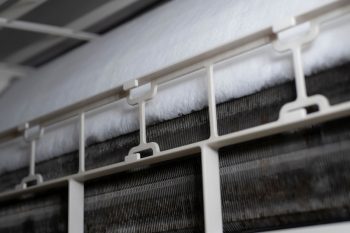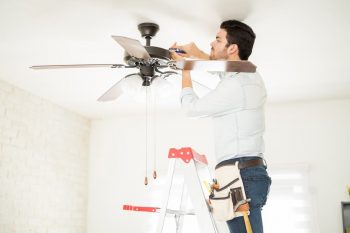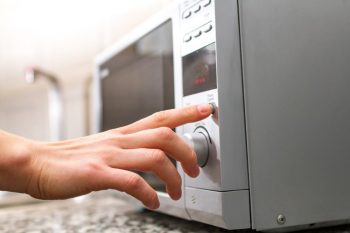
Replacing your dryer cord might seem like a daunting task, but with the right tools and guidance, it’s a task you can accomplish on your own. Whether you’re moving into a new home with a different outlet or your old cord is worn out, this guide will walk you through the process of replacing your dryer cord safely and effectively.
Replacing a dryer cord involves disconnecting the dryer, removing the access panel, labeling the wires, removing the old cord, attaching the new cord, installing a strain relief bracket, and testing the dryer. Always ensure to choose the correct cord type for your dryer and outlet, prioritize safety by disconnecting the power supply, and consult a professional if needed.
Safety Measures
Before starting, remember to prioritize safety. Always disconnect the power supply before working on any electrical appliance. This means unplugging your dryer and turning off the circuit breaker that supplies power to the outlet. If you’re unsure which breaker controls the outlet, turn off the main power supply to be safe.
Choosing the Correct Dryer Cord
There are two main types of dryer cords: 3-prong and 4-prong. Before 1996, 3-prong cords were standard. However, since then, 4-prong outlets have become the norm to reduce the risk of shock. Check your home’s outlet to determine the type of cord you need. If you’re replacing an old cord, it’s usually best to stick with the same type.
When purchasing a new dryer cord, ensure it’s compatible with your dryer model. Most electric dryers require a 240-volt, 30-amp circuit, and a grounded power cord. Check the user manual for specific instructions.
Necessary Tools
To replace a dryer cord, you’ll need a screwdriver or power drill, magnetic nut drivers, Phillips-head screwdrivers, and pliers. Use the screwdriver or drill to remove the access panel and release the old cord. The magnetic nut drivers and Phillips-head screwdrivers will help prevent screws from falling inside the machine. Use the pliers to hold the strain relief bracket in place while you loosen the bracket’s screws.
Step-by-Step Guide to Replace a Dryer Cord
Once you’ve gathered your tools and purchased the correct cord, follow these steps:
- Disconnect the Dryer: Unplug the dryer and turn off the circuit breaker.
- Remove the Access Panel: Locate the access panel, usually on the back of the dryer, and remove it.
- Label the Wires: Use masking tape to label which colored wire attaches to each terminal inside the access panel.
- Remove the Old Cord: Disconnect the wires from the terminal block and remove the old cord.
- Attach the New Cord: Connect the new cord’s wires to the terminal block according to the manufacturer’s instructions.
- Install the Strain Relief Bracket: This will protect the cord and prevent it from being yanked out.
- Test the Dryer: Reconnect the power and test the dryer to ensure it’s working properly.
Common Mistakes to Avoid
There are common mistakes to avoid when replacing a dryer cord. These include choosing the wrong cord type, working with a live connection, not using a strain relief bracket, not tightening terminal screws, not labeling terminals, and not consulting a professional when needed.
Conclusion
Replacing your dryer cord can be a simple DIY task with the right knowledge and tools. Always prioritize safety and consult a professional if you’re unsure about any part of the process. By following this guide, you can ensure your dryer is safely connected and ready to use.
Frequently Asked Questions
What do I do if my outlet doesn’t match my dryer cord?
If your outlet doesn’t match your dryer cord, you have two options. Either purchase a new cord that matches your outlet or hire a professional electrician to replace the outlet. Never try to force the cord into the outlet or modify the cord to fit.
How do I know if my dryer cord is damaged?
Signs of a damaged dryer cord can include visible wear and tear, such as fraying or cracking, or problems with the dryer’s performance. If your dryer is not heating up or is tripping the circuit breaker, a damaged cord could be the cause.
What’s the difference between a 3-prong and a 4-prong dryer cord?
A 3-prong cord has two hot wires and one neutral wire, while a 4-prong cord has two hot wires, one neutral wire, and one ground wire. The addition of the ground wire in 4-prong cords is a safety feature to prevent electrical shocks.
Can I use an extension cord with my dryer?
It’s generally not recommended to use an extension cord with your dryer. Doing so can lead to overheating and potentially a fire. Always plug your dryer directly into the wall outlet.
How often should I replace my dryer cord?
There’s no set schedule for replacing your dryer cord. However, it’s a good idea to inspect it regularly for signs of damage. If you notice any wear and tear, or if your dryer starts behaving unusually, consider replacing the cord.












